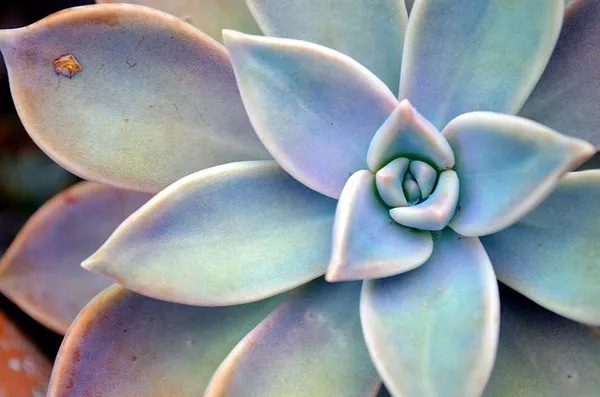Succulents have surged in popularity in recent years, adorning homes, offices, and gardens with their captivating forms and low-maintenance appeal. Their unique ability to store water in their fleshy leaves and stems makes them resilient to drought and neglect, making them an ideal choice for both seasoned gardeners and beginners alike. However, while succulents are known for their hardiness, proper planting techniques are crucial to ensure their health and longevity. In this comprehensive guide, we will delve into the art of succulent planting, covering everything from selecting the right container to providing optimal growing conditions.
Understanding Succulents
Before diving into the planting process, it’s essential to understand the unique characteristics of succulents. Succulents belong to a diverse group of plants that have adapted to arid environments, typically characterized by their thick, fleshy leaves or stems. These adaptations allow them to store water for extended periods, enabling them to survive in conditions where other plants would wither.
Selecting the Right Container:
Choosing the appropriate container is the first step in successful succulent planting. Opt for containers with drainage holes to prevent waterlogging, as succulents are highly susceptible to root rot in overly moist conditions. Terra cotta pots are an excellent choice, as they allow for air circulation and water evaporation. Additionally, consider the size of the container, ensuring it provides ample room for the succulent’s roots to grow.
Preparing the Soil
Succulents thrive in well-draining soil that replicates their natural habitat. A simple yet effective succulent mix can be created by combining equal parts of potting soil, coarse sand, and perlite or pumice. This blend promotes proper drainage while providing the necessary nutrients for healthy growth. Alternatively, specialized succulent or cactus soil mixes are readily available at garden centers and nurseries.
Planting Techniques
When planting succulents, follow these steps for optimal results:
1. Prepare the Container: Fill the bottom of the container with a layer of gravel or small rocks to further enhance drainage.
2. Add Soil: Fill the container with the prepared succulent soil mix, leaving enough space to accommodate the roots of the plant.
3. Remove the Succulent: Gently remove the succulent from its nursery pot, taking care not to damage the roots.
4. Inspect the Roots: Check the roots for any signs of rot or damage. Trim away any unhealthy roots with sterile scissors or pruning shears.
5. Plant the Succulent: Place the succulent in the center of the container, ensuring that the roots are spread out evenly.
6. Backfill with Soil: Carefully fill in the gaps around the succulent with soil, pressing lightly to secure it in place.
7. Watering: Give the newly planted succulent a thorough watering, allowing excess water to drain freely from the bottom of the container.
Caring for Succulents:
Once planted, succulents require minimal maintenance to thrive. Here are some essential care tips to keep your succulents healthy and happy:
1. Light: Most succulents prefer bright, indirect light. Place them near a sunny window where they can receive several hours of sunlight each day.
2. Watering: Avoid overwatering succulents, as this can lead to root rot. Instead, water them sparingly, allowing the soil to dry out completely between waterings.
3. Temperature: Succulents are well-suited to a wide range of temperatures but prefer warmth during the growing season. Protect them from frost and extreme cold, especially in cooler climates.
4. Fertilizing: Feed succulents with a balanced, water-soluble fertilizer diluted to half strength during the growing season. However, avoid fertilizing newly planted succulents for the first few months.
5. Pruning: Remove any dead or decaying leaves to prevent the spread of disease and maintain the plant’s appearance.
Propagation
One of the joys of growing succulents is the opportunity to propagate new plants from existing ones. Succulents can be propagated through various methods, including leaf cuttings, stem cuttings, and offsets. Experiment with different propagation techniques to expand your succulent collection and share the beauty of these remarkable plants with friends and family.
Conclusion
Succulents have captured the hearts of plant enthusiasts worldwide with their stunning diversity and resilience. By mastering the art of succulent planting and providing proper care, you can enjoy these captivating plants in your home or garden for years to come. Remember to select the right container, prepare well-draining soil, and follow proper planting techniques to set your succulents up for success. With a little attention and care, your succulent garden will thrive and bring joy and beauty to any space.


